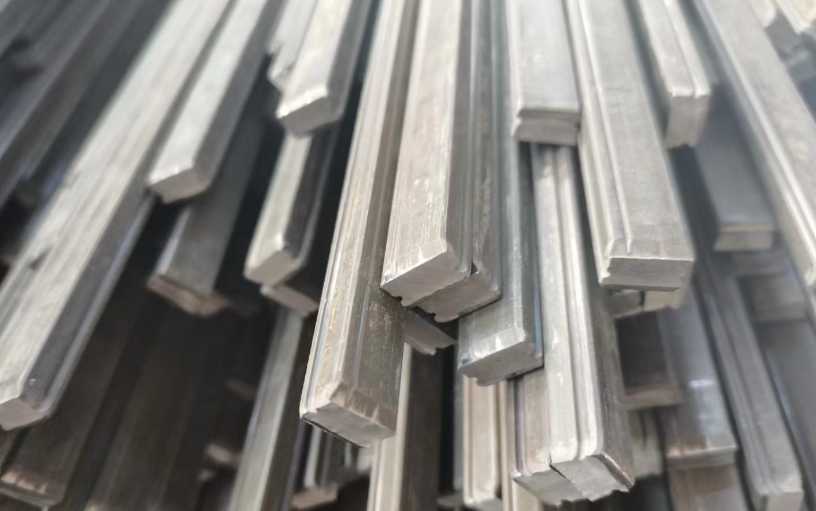Among the various grades of stainless steel, 316L and 316Ti stand out as two highly popular alloys, each with its unique characteristics and applications. While both alloys belong to the austenitic family of stainless steels, there are still some differences between them. So, 316L vs 316Ti stainless steel – what’s the difference? In this article, we’ll try to answer that question in detail.

316L vs 316Ti Stainless Steel – What’s the Difference?
316L Stainless Steel
316L stainless steel is a low-carbon version of the 316 grade, with the “L” denoting “low carbon.” This alloy contains chromium, nickel, and molybdenum, with a maximum carbon content of 0.03%. The addition of molybdenum improves corrosion resistance, particularly against pitting and crevice corrosion in chloride-rich environments. This makes 316L stainless steel suitable for use in marine applications, chemical processing equipment, and surgical implants.
The low carbon content of 316L minimizes the risk of carbide precipitation during welding, which can affect corrosion resistance. This alloy is also easily weldable and forms a stable and protective oxide layer when exposed to oxygen, further enhancing its corrosion resistance.
316Ti Stainless Steel
316Ti stainless steel is a titanium-stabilized version of 316 stainless steel. The addition of titanium acts as a stabilizer, preventing sensitization during welding and subsequent intergranular corrosion. Titanium forms stable carbides, preventing the formation of chromium carbides that can deplete the chromium content at grain boundaries, thus maintaining the alloy’s corrosion resistance.
316Ti is suitable for applications that require welding, as it minimizes the risk of weld decay. It is commonly used in chemical processing equipment, offshore oil and gas applications, and other high-corrosion environments where welding is involved.
316L vs 316Ti Stainless Steel – Comparison of Properties
Both 316L and 316Ti stainless steel exhibit similar mechanical properties, including high tensile strength, yield strength, and elongation. However, the titanium addition in 316Ti may slightly affect its mechanical properties, depending on the specific heat treatment and processing conditions.
In terms of corrosion resistance, both alloys offer excellent resistance to general corrosion, pitting, and crevice corrosion. However, 316Ti has slightly superior resistance to intergranular corrosion in welded conditions due to its titanium stabilization.
316L vs 316Ti Stainless Steel – Applications
Both 316L and 316Ti stainless steel are widely used in a range of industrial applications. 316L is commonly found in medical implants, due to its biocompatibility and corrosion resistance, as well as in marine applications and chemical processing equipment. 316Ti, on the other hand, is often used in welded structures where high corrosion resistance is crucial, such as offshore oil and gas platforms and chemical reactors.
Conclusion
While 316L and 316Ti stainless steel share many similarities in terms of their mechanical properties and corrosion resistance, the titanium addition in 316Ti provides superior resistance to intergranular corrosion in welded conditions. The choice between these two alloys depends on the specific requirements of the application, with 316L being the preferred choice for non-welded applications and 316Ti being more suitable for welded structures exposed to severe corrosive environments.
Thank you for reading our article and we hope it can help you to have a better understanding of the differences between 316L vs 316Ti Stainless Steel. If you are looking for 316L and 316Ti Stainless Steel suppliers online now, please don’t hesitate to contact Sino Stainless Steel.
As a leading supplier of stainless steel products from Shanghai, China, Sino Stainless Steel provides customers with high-quality 316L and 316Ti Stainless Steel, duplex stainless steel, stainless steel pipes, stainless steel strips, stainless steel coils, stainless steel plates, stainless steel sheets, stainless steel bars, and stainless steel tubes at an extremely competitive price.
 :+86-13012867759
:+86-13012867759  :export86@sino-stainless-steel.com
:export86@sino-stainless-steel.com